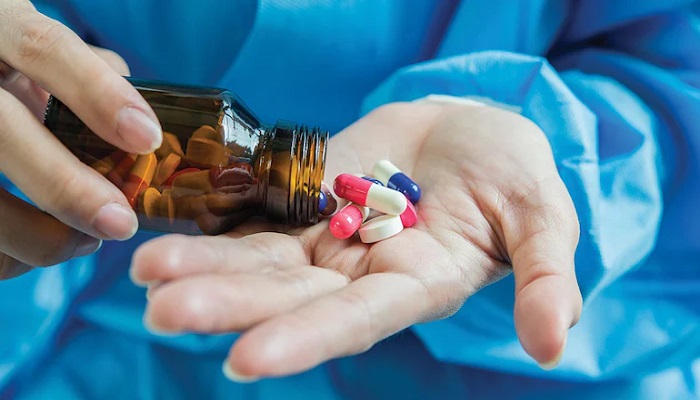According to new research by Katie Porter, U.S. Democratic Representative and a consumer bankruptcy law professor vying for re-election in California, the cost of a newly-launched cancer medicine in the United States was $283,000 last year, a 53% rise over 2017.
As per the study, oncology treatments are approximately four times as expensive as other therapies and are mostly covered by taxpayer-funded programmes like the government’s Medicare programme for persons over 65. Cancer is the second-biggest cause of death in the United States.
The record-high launch costs of new drugs in 2022 compared to 2021 were the subject of a Reuters investigation in August. This sector has fuelled drugmaker earnings as they have curbed year-over-year price rises on existing drugs in reaction to public and governmental pressure.
The Inflation Reduction Act (IRA), which U.S. President Joe Biden signed in August, did not include Medicare pricing restrictions. This new analysis is the first to examine the extent to which cancer drug companies rely on high launch prices. The IRA works on Medicare pricing negotiations for outdated medications and pricing growth caps. Additionally, it limits beneficiaries’ yearly out-of-pocket prescription expenses at $2,000, with any costs above that falling under the Medicare plan’s purview.
By law, all cancer drugs must be covered by Medicare.
An associate professor of health policy at Nashville’s Vanderbilt University Medical Center, Stacie Dusetzina, who specialises in drug costs, told Reuters that launch prices are a significant issue that is not addressed by the IRA. She stated, she does believe there is a chance they may see launch prices rise.
Porter, who advocated for drug price restrictions based on inflation, is urging more national legislation to tie launch pricing to a drug’s effectiveness. Additionally, until there is enough evidence to support the effectiveness of the treatments, the pricing of those prescribed under the Food and Drug Administration’s fast pathway should be restricted.
Launch prices are continuing to rise, and this tendency is accelerating. And if no action is taken, she believes they should anticipate it to continue, Porter says. Government price setting has a severe effect on biopharmaceutical development and research and places an additional barrier between patients and innovative medicines, according to Pharmaceutical Research and Manufacturers of America, the major trade association for the pharmaceutical industry.
Nearly 26% more people took cancer medications throughout a five-year period.
Many of the more recent cancer medications are biologics that must be supplied by a medical expert via infusion, but a growing number are pills or tablets that patients can take on their own. According to the study, between 2017 and 2021, the average starting price of a self-administered cancer treatment increased by over 26%, to over $238,000 after accounting for inflation.
The CAR-T treatment class, which involves removing white blood cells from a patient, modifying them in a lab to target cancer, and then injecting the cells back into the patient, was not included in the analysis.
Celgene’s Idhifa, which costs $298,465 annually, was the most expensive new cancer medication of 2017. Bristol-Myers, which later purchased Celgene, stated in 2020 that a study of Idhifa, which was authorised to treat a subset of leukaemia patients, failed to demonstrate that it increased survival when compared to usual care.
No other brand-new medication introduced in 2017 costs more than $200,000 per year.
Six of the eight recently released oral cancer medications would cost more than $200,000 annually by the year 2022. These included medications for lung cancer such as Exkivity from Takeda Pharmaceutical for $299,995, Tepmetko from Merck KGaA for $250,775 and Lumakras from Amgen Inc. for $214,800. The analysis estimated that by 2026, when Medicare will be able to bargain for medication prices for the first time, the median self-administered cancer drug launch price will be close to $325,000 annually and more than $525,000 for tablets and biologics.



















